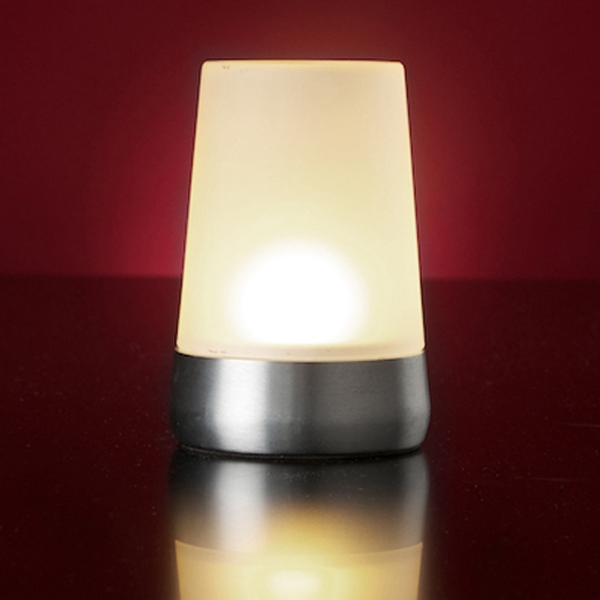

We built this while the kids were asleep, so I got to play with it first. It’s not as deep as our example, but it might work in a pinch. Then pour sand into the groove of the box bottom. If you only have one container, if it has a deep groove on the bottom, you could try using JUST the storage container flipped upside down on top of the lights. (In case you were wondering, don’t waste your time with flour - I did, and it doesn’t work.) And that’s it.

My friend Aude gave me about five pounds of salt that I’ve been saving for the perfect project, so I pulled it out and poured a healthy amount into the frame. I found that 1/4″ is a good place to start. Make it as shallow or as deep as you like. Then, to keep the frame from wiggling, tape the wax paper in place with clear packing tape. To diffuse the light, cover the bottom of the box frame or top container with wax paper.ģ. When not in use as a light table, we use our containers all the time for messy sensory projects like the Dry Ice Experiment and Vinegar and Baking Soda.Ģ. Place the box fame on top of a large under-the-bed plastic container Option #3: You might also try flipping your bottom container upside down, and then placing the second container on top of it, right side up. We’ve set this up both ways with different containers. Option #2: You could try setting this up with the bottom container’s lid on and off. Just be sure that you use something bright enough for light to pass through the salt, but not too hot for the box. If these didn’t work I would have used Christmas lights. My husband has a thing for lights so I raided his stash and we came up with these interesting bookcase light strips from IKEA that worked really well. Granted, these lights aren’t cheap, but we already had them so it didn’t really cost me anything. Run your string of lights into the bottom container String of Lights - Make sure that they’re bright enough yet not too hot to be placed in the container.I’ve also spotted really nice boxes at IKEA, which may be worth hunting down. Large Plastic Storage Container like this one. This Rubbermaid Storage Box is fantastic and this one with a snap top lid also looks great.Acrylic box frame or storage container- Try looking in a thrift store, or maybe you already have one at home.If you don’t have any acrylic box frames lying around (who does?!), I’ve found that this can easily be replaced with a basic plastic storage container like this. So when I spotted a large, gently used acrylic box frame - like this - at SCRAP (San Francisco’s reuse center for artists and teachers), I knew I had my answer. It also had to be simple to assemble and economical. I had a few rules: No paint, no saw, and no nails. *Note: This post contains Amazon affiliate links for your convenience.Īfter seeing the beautiful glow that illuminated from the easy light table at Teach Preschool and the pop-out pictures created in salt over at Child Central Station, I’ve been on the hunt for some DIY materials to make my own easy light table. For a flat-top light table, see this tutorial: Homemade Easy Low-cost Light Table Note: This light table is designed to hold salt or sand in the top layer.

The light table makes the learning process for children fun, and it also enhances their cognitive and motor skills.Have you ever wanted a light table, and wondered if there was an easy way to build a DIY light table yourself? Well, this easy DIY light table could be your answer! Once I figured out which materials to use, the whole thing took about 10 minutes to assemble. It is so cognitively engaging for the kids when different tasks are given to them.Īll in all, including open-ended sensory play experiences to arts and crafts, to teaching scientific concepts, the light table can be used for anything. Not only it helps your child to expand his imagination but also allows him to have fun exploring different shapes, colours, and shadows.Īlong with that, kid’s cognitive skills will be improved as they will engage with the items on the table that makes them count, sort, match, and identify objects. In classrooms, they help enhance a kid’s imagination, ability to think, analytical, and communication skills. They are widely used in nurseries and classrooms. The reflecting colours of the light table give off a very soothing, soft glow. As it becomes a learning hub with increasing opportunities for science, math, writing, and communication skills. Therefore, the light table proves to be a great place to think, experiment, and converse at a high level. It is great for sensory play and making observations. A light table is a flat, reflective surface, such as a tabletop with a source of light below, and the light shines up to the top of the table.


 0 kommentar(er)
0 kommentar(er)
